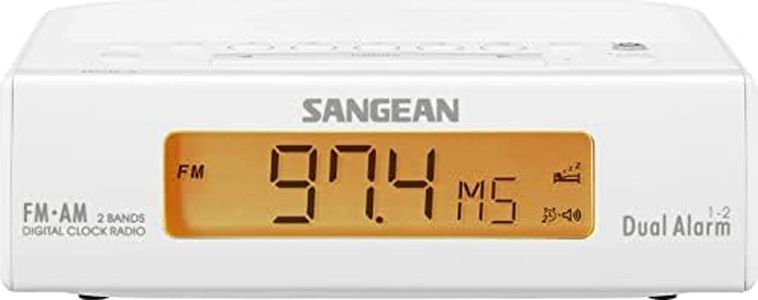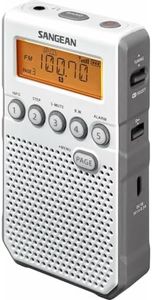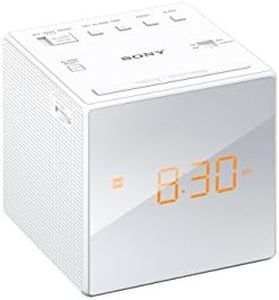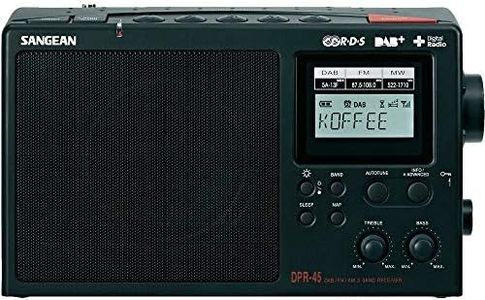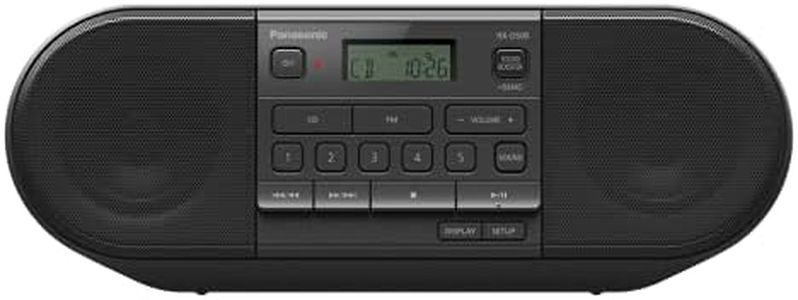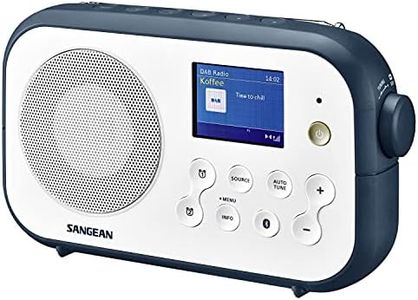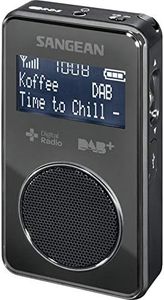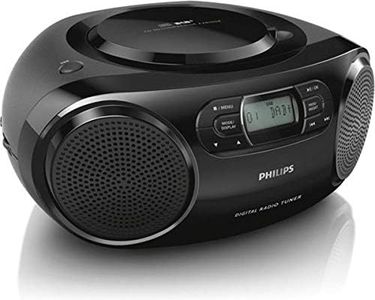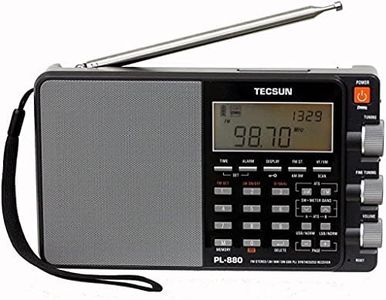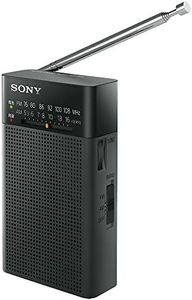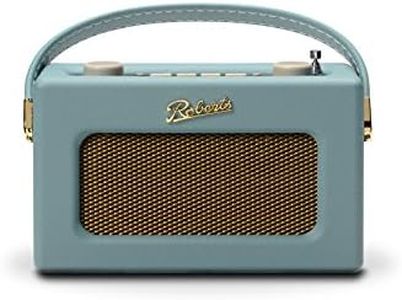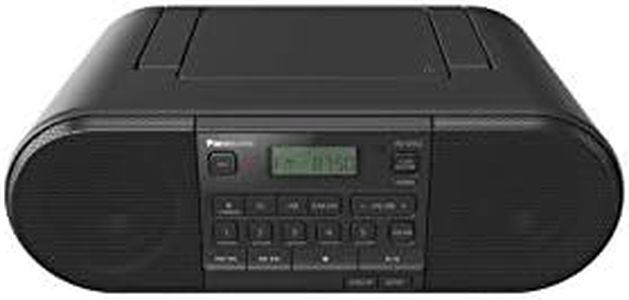We Use CookiesWe use cookies to enhance the security, performance,
functionality and for analytical and promotional activities. By continuing to browse this site you
are agreeing to our privacy policy
10 Best Portable Radios
From leading brands and best sellers available on the web.By clicking on a link to a third party's website, log data is shared with that third party.
Buying Guide for the Best Portable Radios
Choosing a portable radio can greatly enhance your experiences, whether you want it for outdoor activities, emergencies, or just personal enjoyment. When shopping for a portable radio, it’s important to understand what features matter to you, such as the type of stations you want to receive, power options, portability, and sound quality. Knowing how you plan to use the radio—whether at home, while camping, or during power outages—will help you decide which model best fits your needs.Tuning Bands (AM/FM/SW)The tuning bands refer to the types of radio frequencies the device can pick up. The most common are AM and FM; AM is good for talk shows and news, while FM usually offers higher sound quality and music stations. Some radios also include SW (shortwave), which can pick up international and long-distance broadcasts. If you just listen to local news or music, an AM/FM radio will suffice. However, if you want to explore more stations or need it for remote areas, consider a model that includes SW bands.
Power SourceThe power source indicates how you keep your radio running, which can be through batteries, a built-in rechargeable battery, solar power, or a hand crank. Battery-only models are simple but require regular replacements. Rechargeables can be more convenient, while solar and hand crank options are great for emergencies or outdoor use where electricity isn’t reliable. Match the power setup to where and how often you’ll use the radio: for travel or emergencies, multiple power options offer more flexibility.
Portability (Size and Weight)Portability reflects how easy it is to carry the radio around. Some radios are compact and lightweight, making them perfect for hiking, backpacking, or moving from room to room. Larger models may offer better sound but are less convenient to transport. Decide if you'll mostly keep it stationary or need it on-the-go, and choose a size and weight that aligns with your activities.
Sound Quality and VolumeSound quality determines how clear and pleasant the audio is, while volume affects how loudly you can hear it. Smaller radios may sacrifice some richness in sound for the sake of portability, whereas bigger ones usually sound better but are bulkier. If you’re using it outdoors or in noisy places, look for a model that can play loud enough without distortion. For quiet environments and solo use, a simpler, smaller speaker is sufficient.
Durability and Weather ResistanceDurability and weather resistance are important if you’ll use your radio outdoors or in rough conditions. Some radios are built with rugged cases and may have water resistance, making them suitable for camping, hiking, or emergency kits. If your use is mostly indoors, this may be less important. Consider where you will be using your radio most often when prioritizing these features.
Extra FeaturesExtra features can include things like built-in flashlights, alarm clocks, Bluetooth connectivity, or the ability to charge other devices. These can be useful if you want an all-in-one device for emergencies or convenience. Evaluate these extras based on your intended use—if you just want to listen to the radio, basic models will do, but for versatility in emergencies or outdoor adventures, additional features add value.
